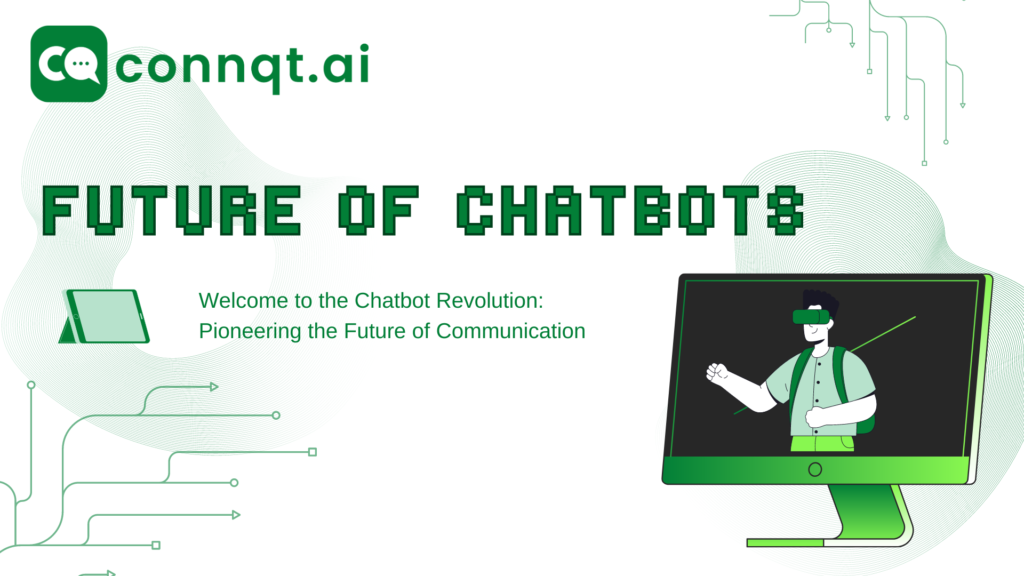
Welcome to the Chatbot Revolution: Pioneering the Future of Communication
The future of chatbots is poised to revolutionise the way we interact with technology and each other. With advancements in artificial intelligence (AI) and natural language processing (NLP), chatbots are becoming increasingly intelligent, intuitive, and capable of engaging in human-like conversations.
One of the key areas where chatbots are making a significant impact is customer service. Businesses are leveraging chatbots to provide round-the-clock support, instantly addressing customer queries, and resolving issues efficiently. The future holds even greater potential, with chatbots becoming more empathetic, understanding context, and providing personalized recommendations.
Moreover, chatbots are finding applications in various industries beyond customer service. They are becoming virtual assistants, helping with scheduling, managing tasks, and even providing companionship. In healthcare, chatbots are assisting in preliminary diagnosis, offering medical advice, and promoting mental health.
As technology progresses, we can expect chatbots to possess more human-like qualities, such as emotion recognition and sentiment analysis. They will adapt to individual communication styles, preferences, and personalities, making conversations more natural and enjoyable.
The future also holds exciting possibilities for multi-modal chatbots that can communicate through voice, text, and even visual interfaces. This would enable seamless interactions across different platforms and devices, making chatbots an integral part of our daily lives.
What are Multi-Modal Interactions?
Chatbots that can interact with users through a variety of media are said to have multi-modal interactions. As a result, a user can communicate with a chatbot using voice, text, or even images. Consider asking a chatbot a question while you are chatting with it. The chatbot might show you a video or an image in addition to text in order to better answer your question.
Chatbots can interact with users in a more natural and intuitive way thanks to multi-modal interactions. Chatbots are no longer restricted to text-based responses; instead, they can now respond in a manner that is more akin to how people speak.
The future of chatbots is anticipated to experience notable advancements and new innovations over the next five years (2023-2027). Integrating chatbots with cutting-edge technologies like augmented reality (AR) and virtual reality (VR) to enable immersive and interactive conversations is one significant trend.
The reach and accessibility of chatbot technology will increase thanks to integration with voice assistants and smart home appliances that will allow for natural voice interactions. The development and deployment of specialised chatbot applications for particular industries and domains will be made easier by the growth of chatbot ecosystems and marketplaces. In addition, chatbots will be essential in the fields of healthcare, education, and personal assistance by providing individualised information and direction.
However, with great potential comes the need for responsible development. Ensuring ethical use of chatbots, addressing privacy concerns, and maintaining transparency in their operations will be critical.
In conclusion, the future of chatbots is bright and promising. With continued advancements in AI and NLP, these intelligent conversational agents will reshape communication, enhance user experiences, and provide unprecedented convenience across various domains.